Conceptual and Logical Model for Blue Mountains College Database
VerifiedAdded on 2022/08/27
|12
|1380
|22
Project
AI Summary
This assignment presents a comprehensive database project centered around the Blue Mountains College, detailing the design of a relational database to manage the college's information. The solution begins with a conceptual model, outlining entities such as Courses, Students, Units, Classes, Rooms, Buildings, and StaffMembers, along with their relationships and cardinalities. The model incorporates super-types and sub-types, specifically using hierarchical inheritance to represent Face to Face and Online classes. The logical model defines data attributes, data types, and primary and foreign keys for each table, including Courses, Students, Units, StudentUnits, Classes, Rooms, Buildings, and StaffMembers. The relationships between entities are clearly defined, including one-to-one and one-to-many relationships. The document concludes with a bibliography of relevant database systems and design literature.
1 out of 12
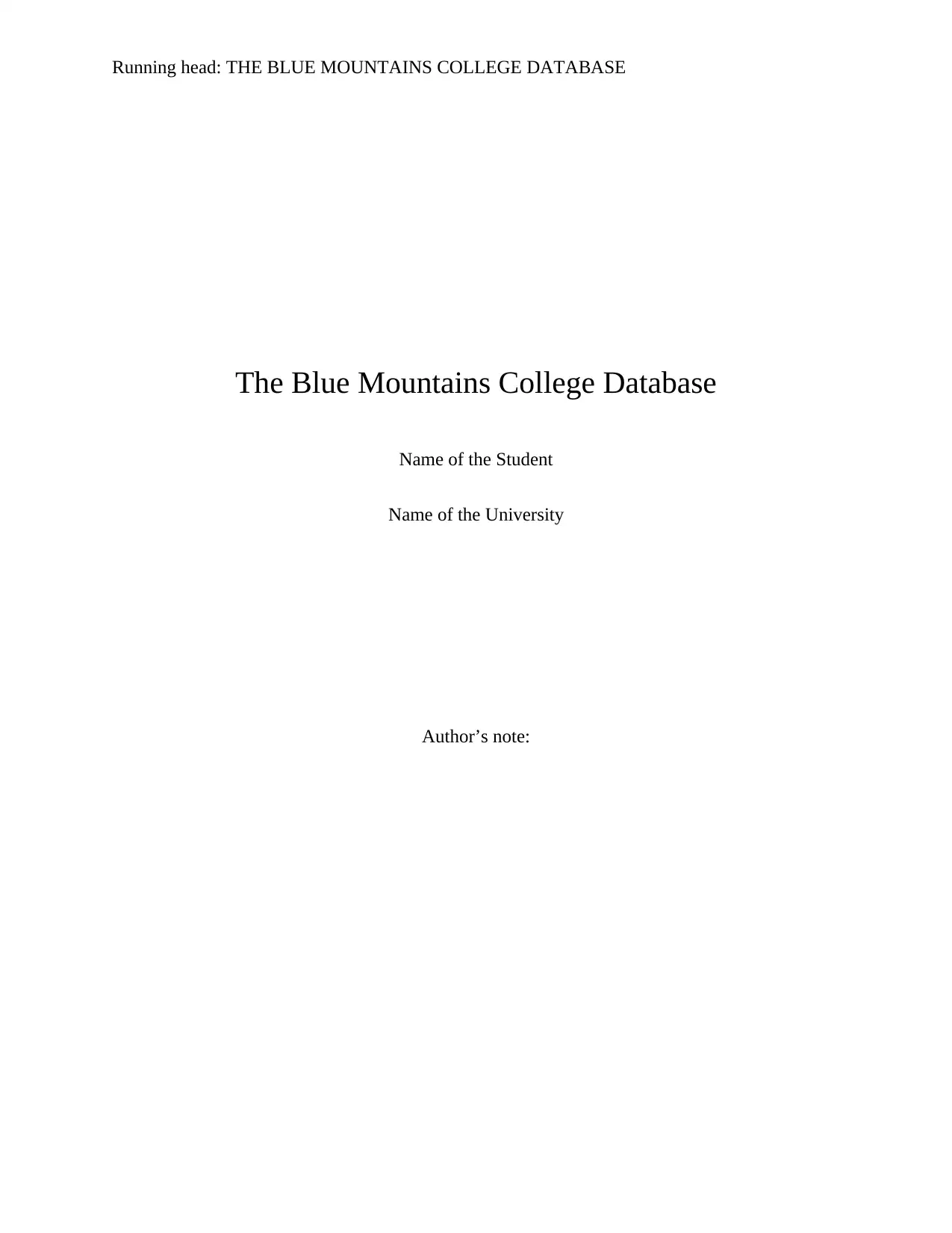
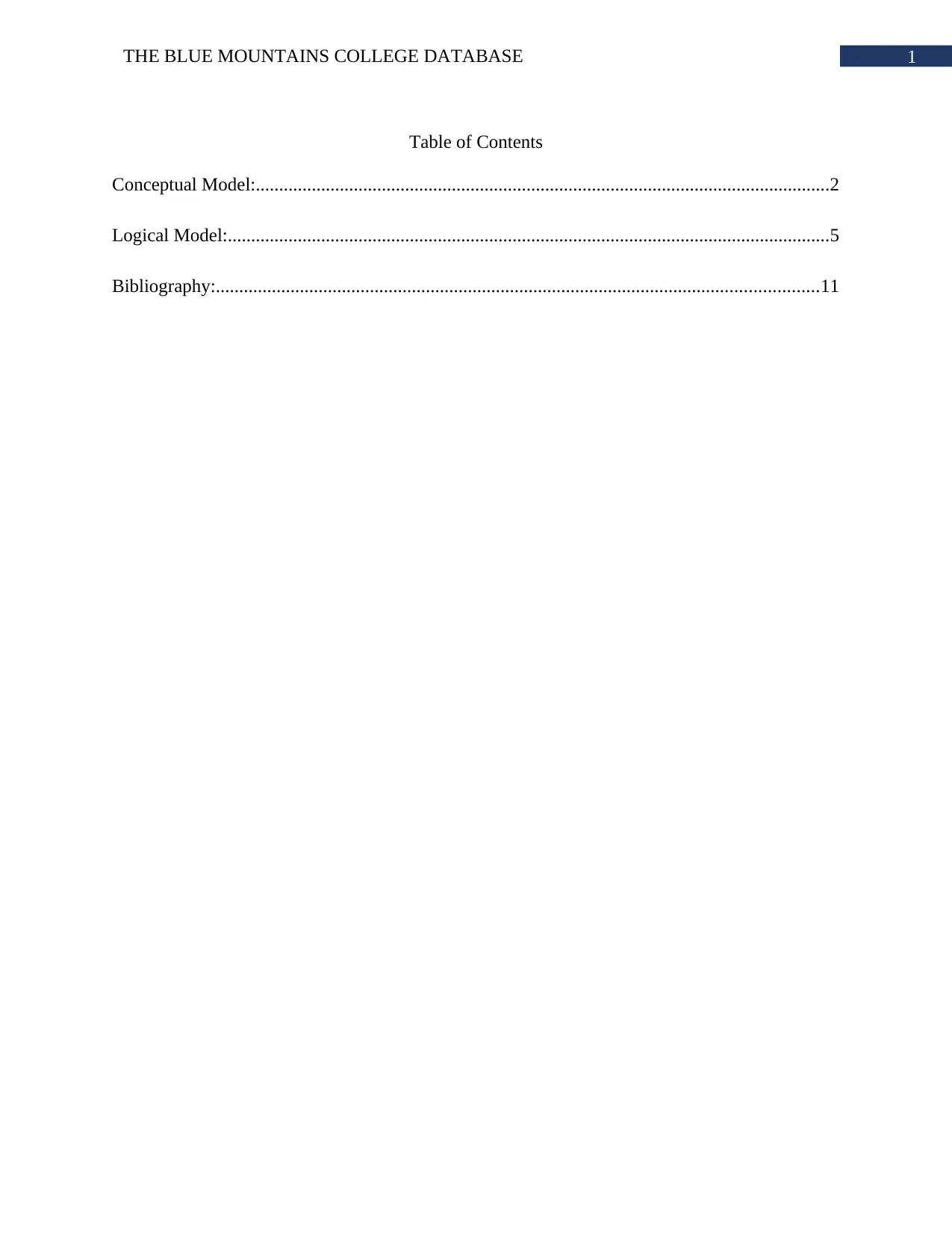
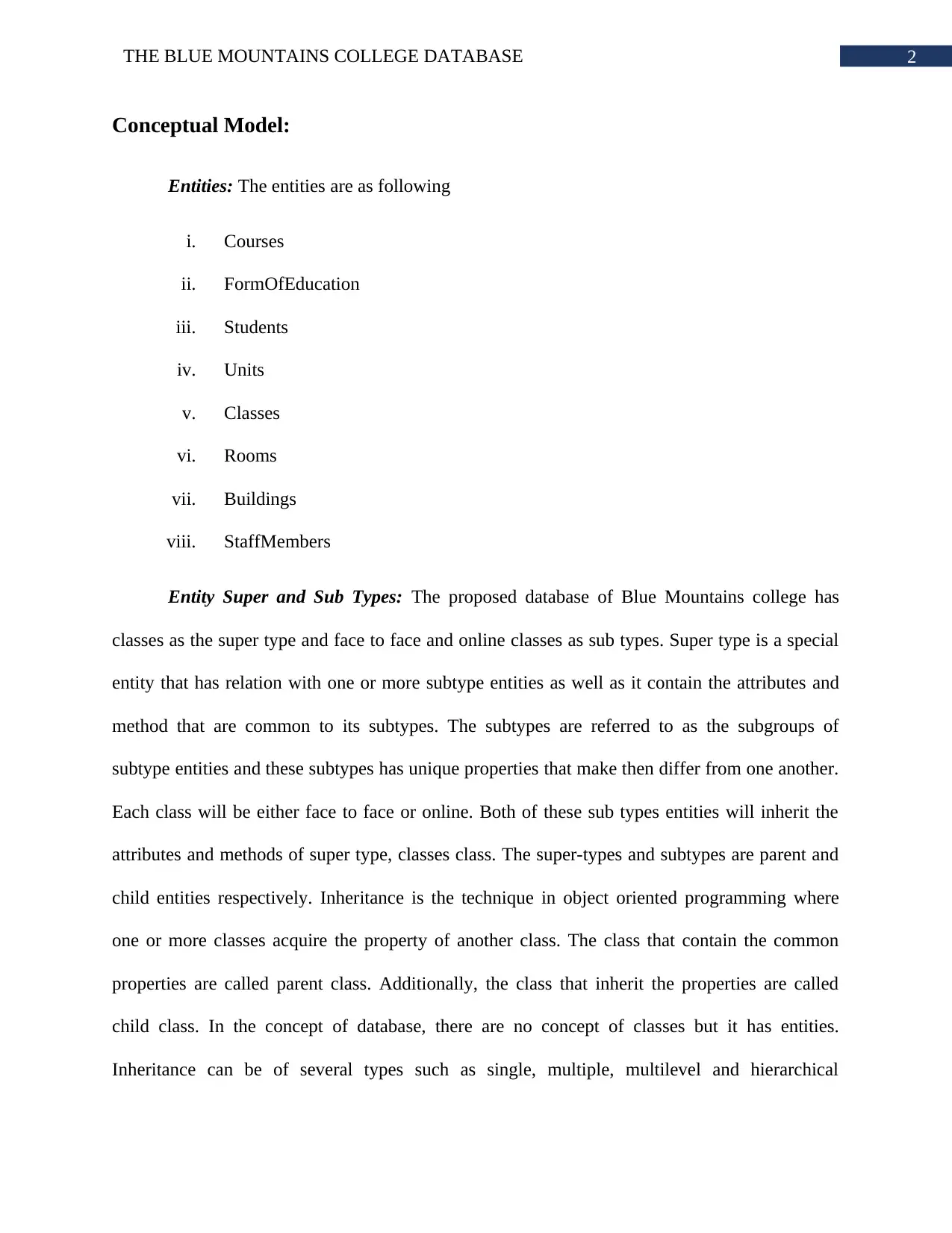
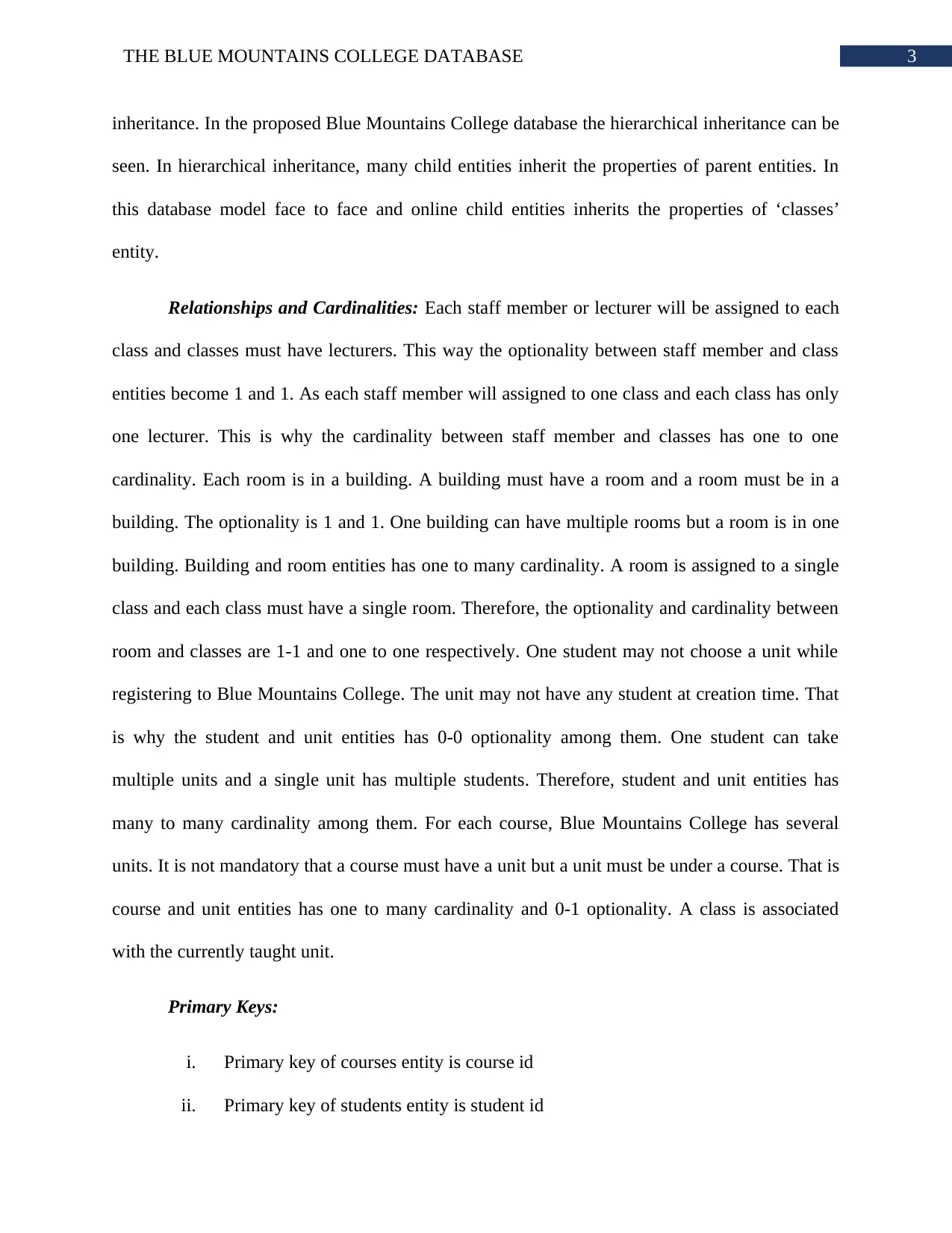
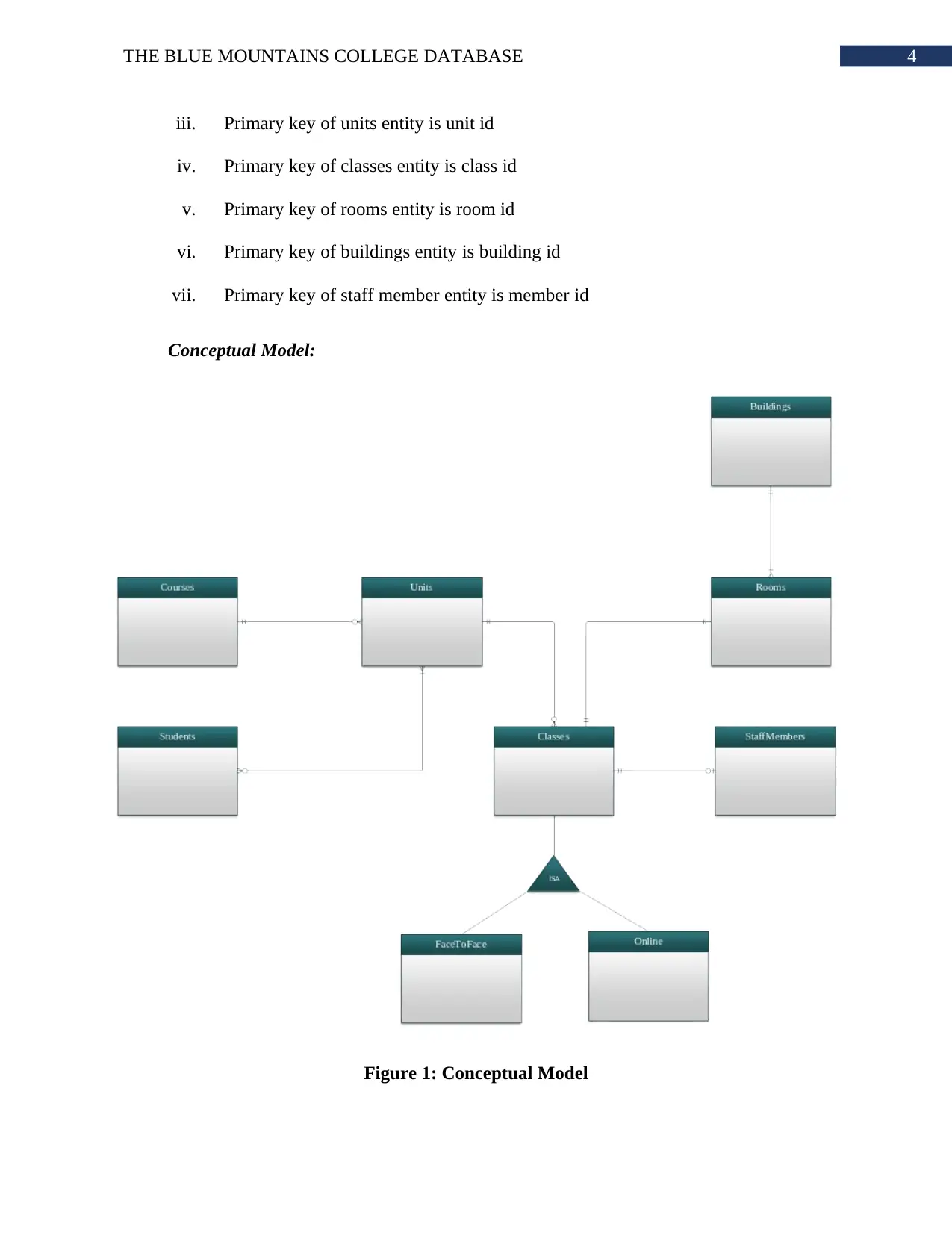
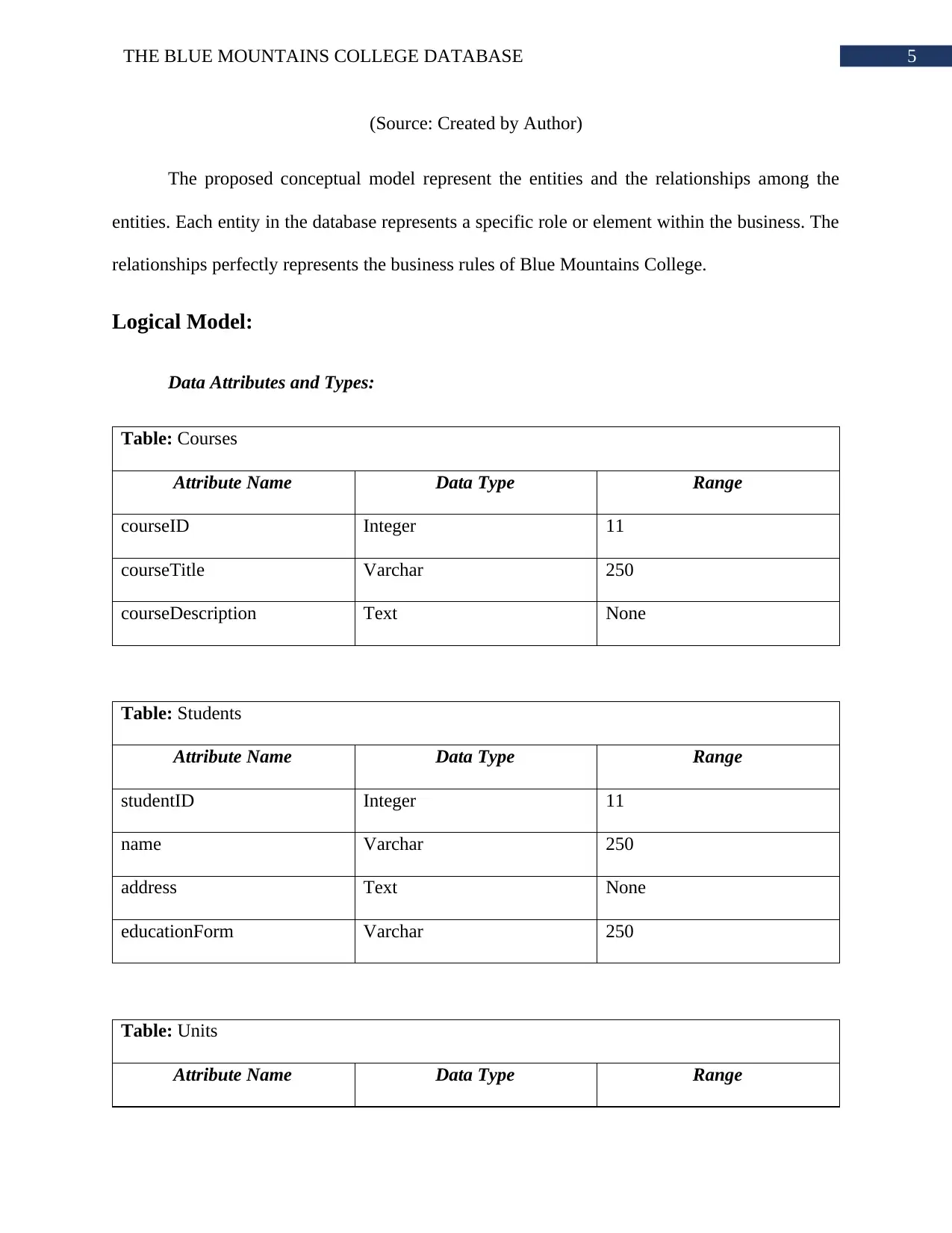
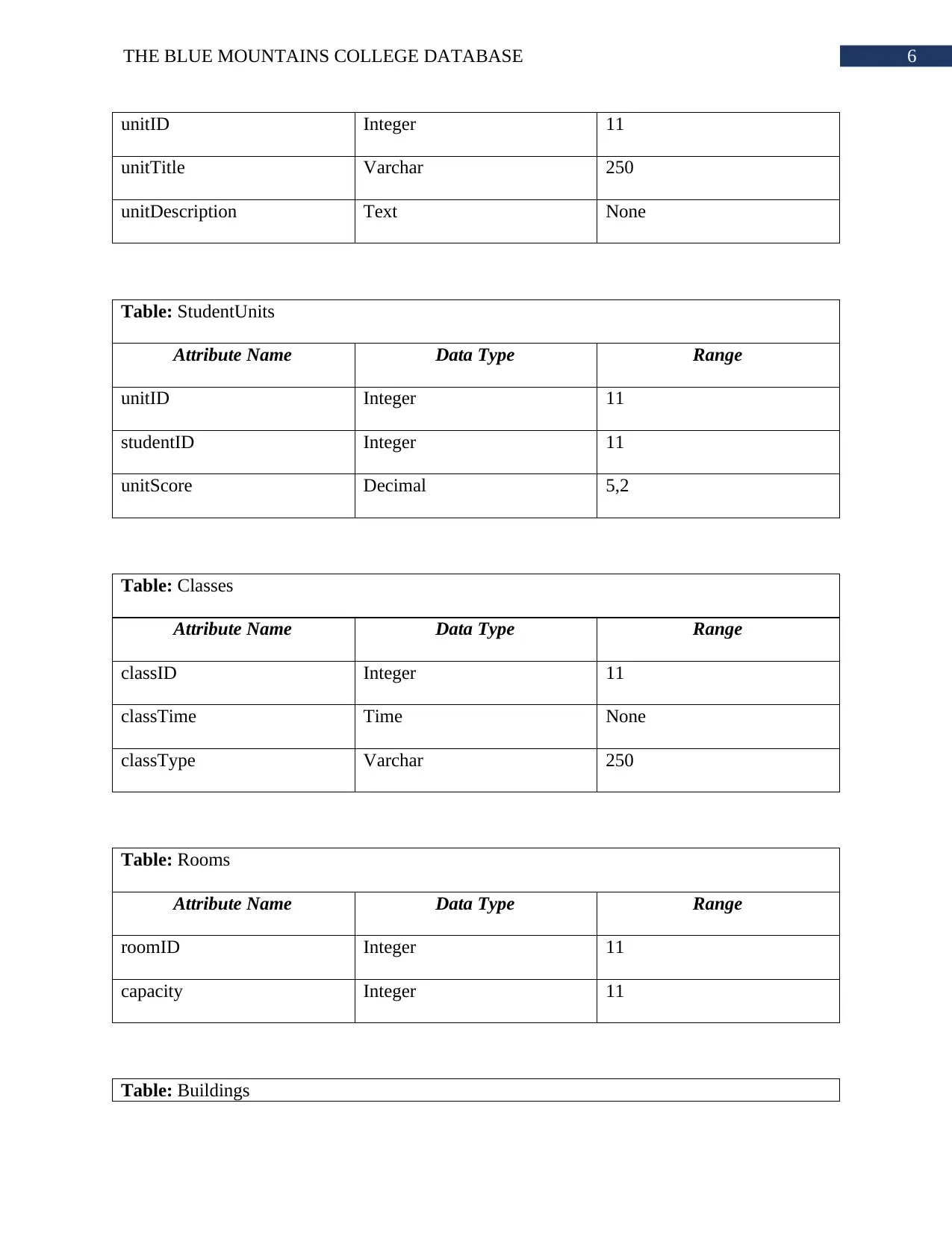
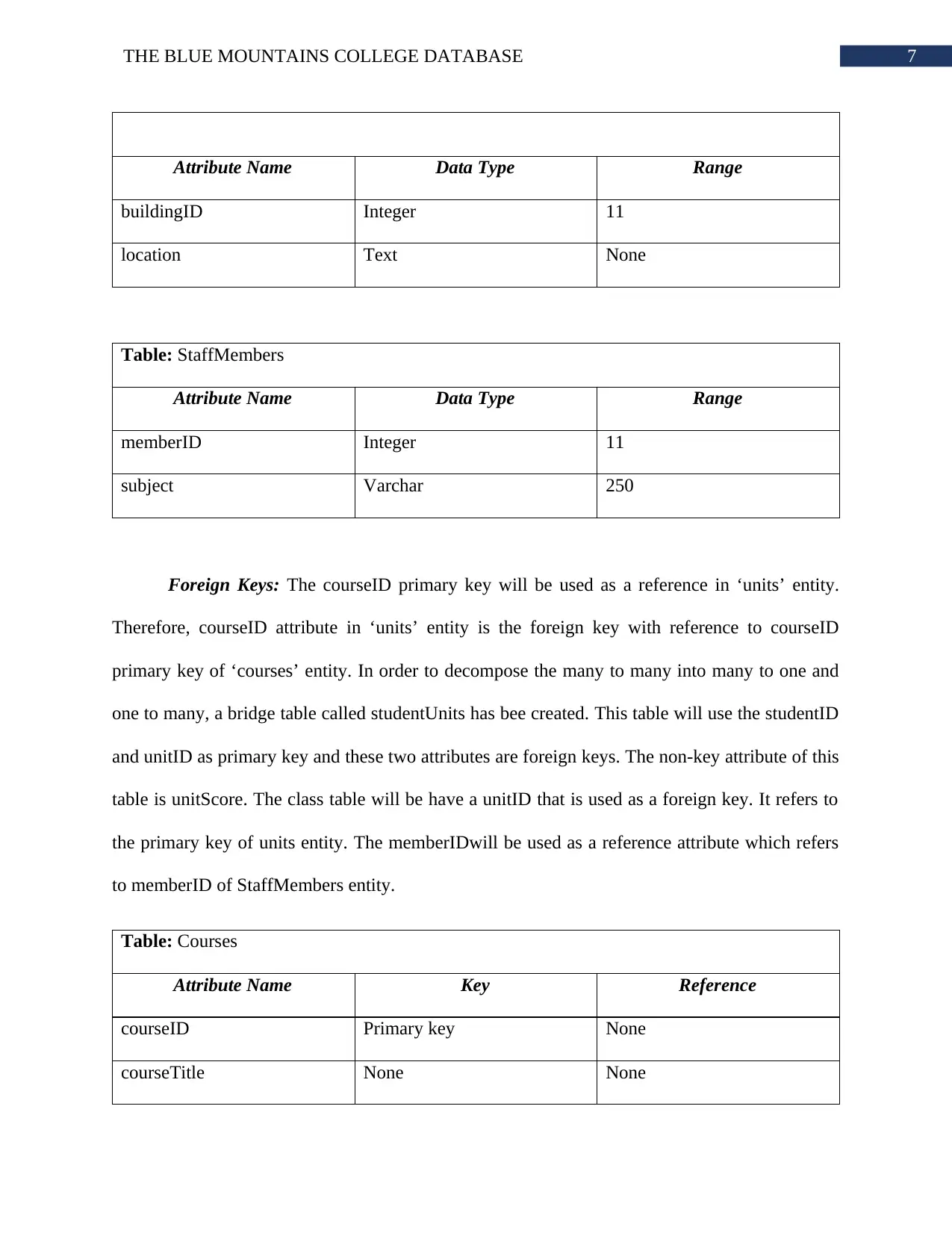
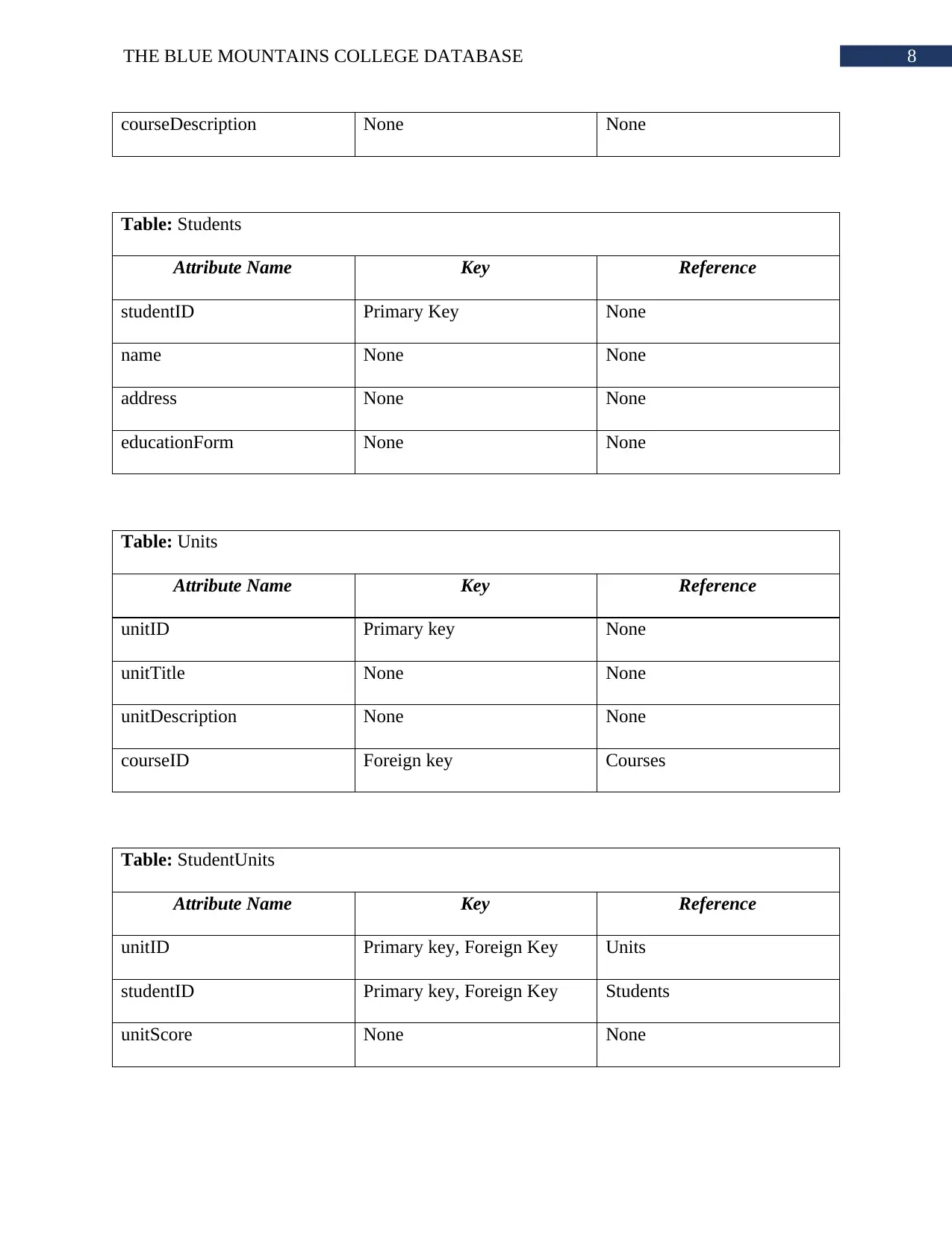
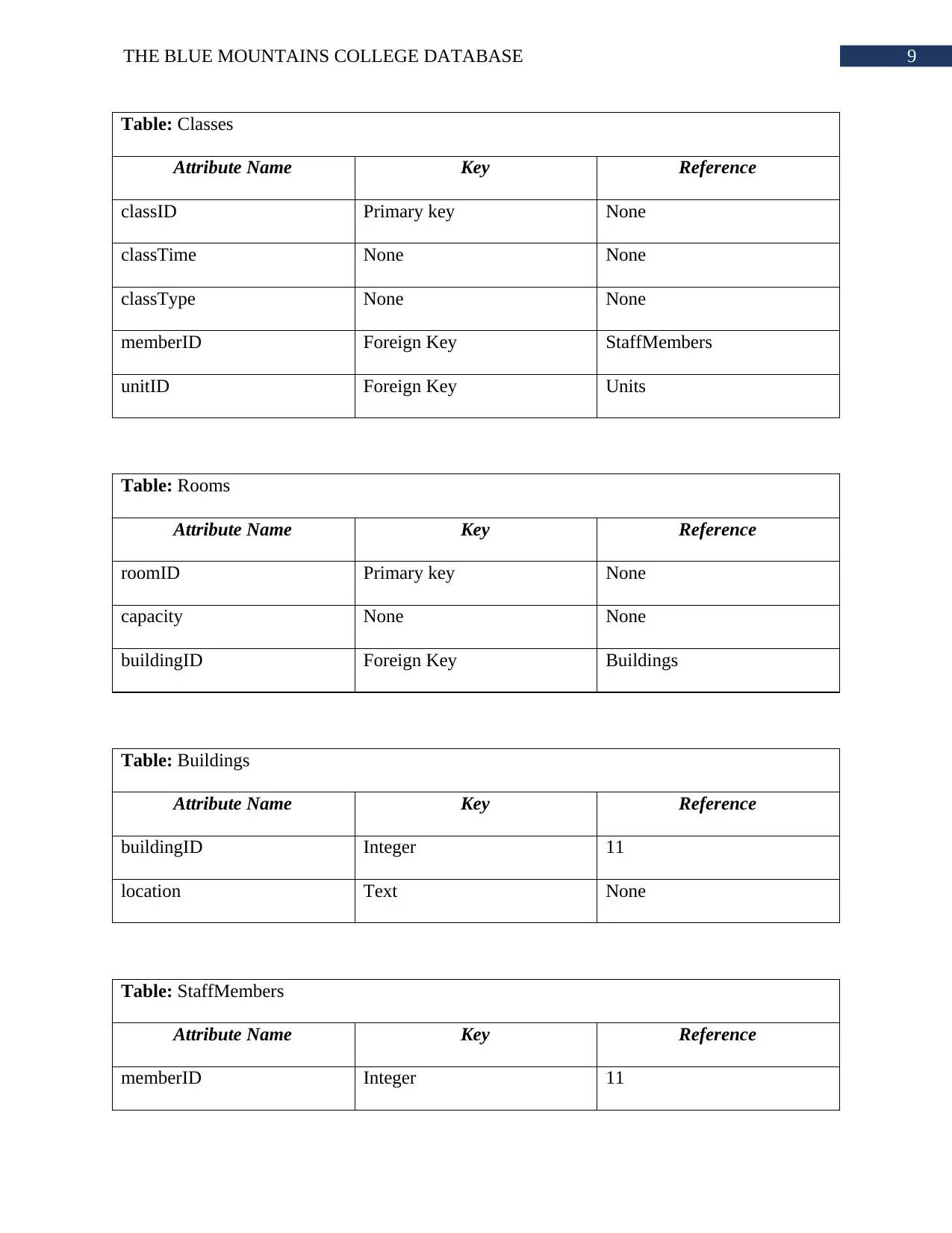
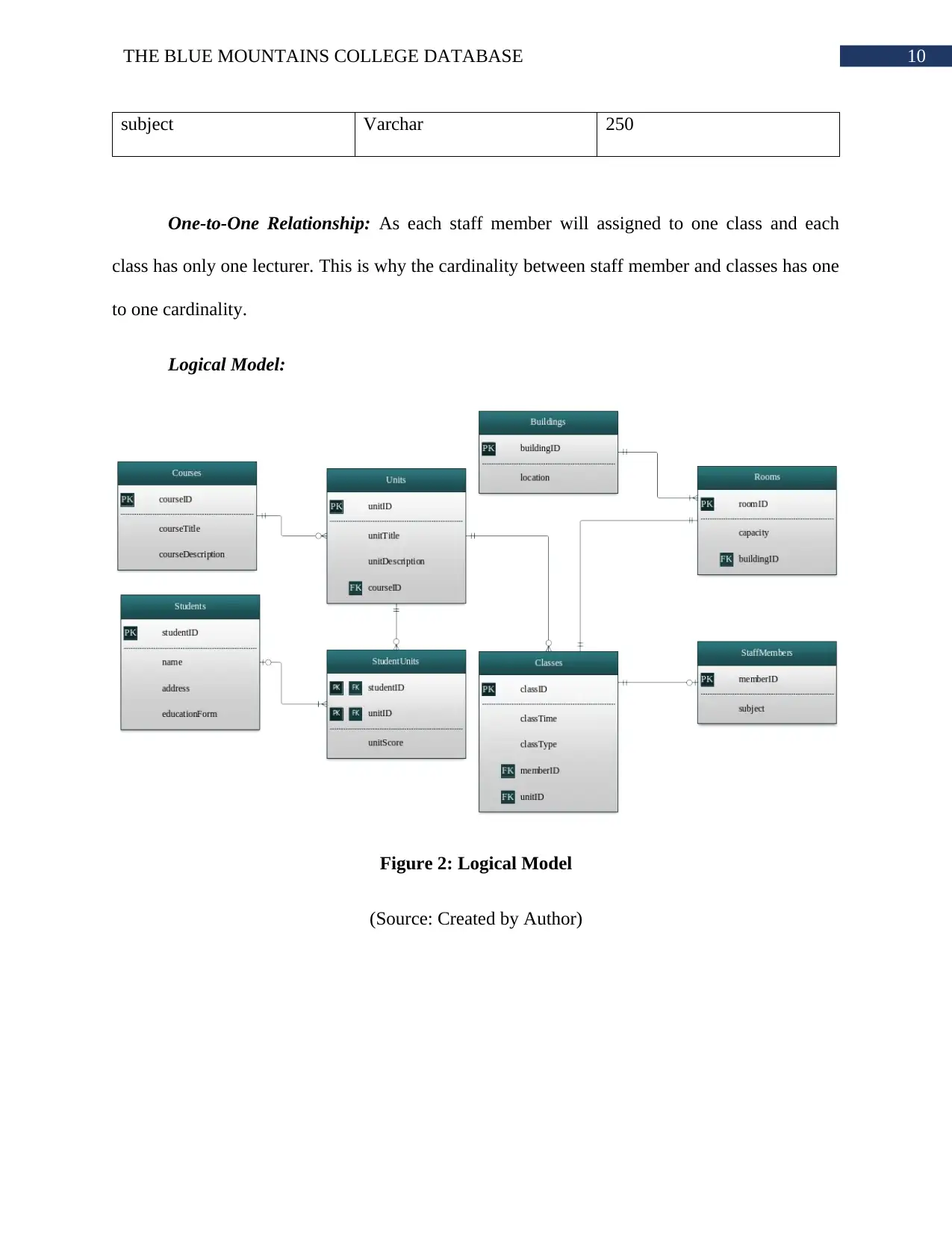
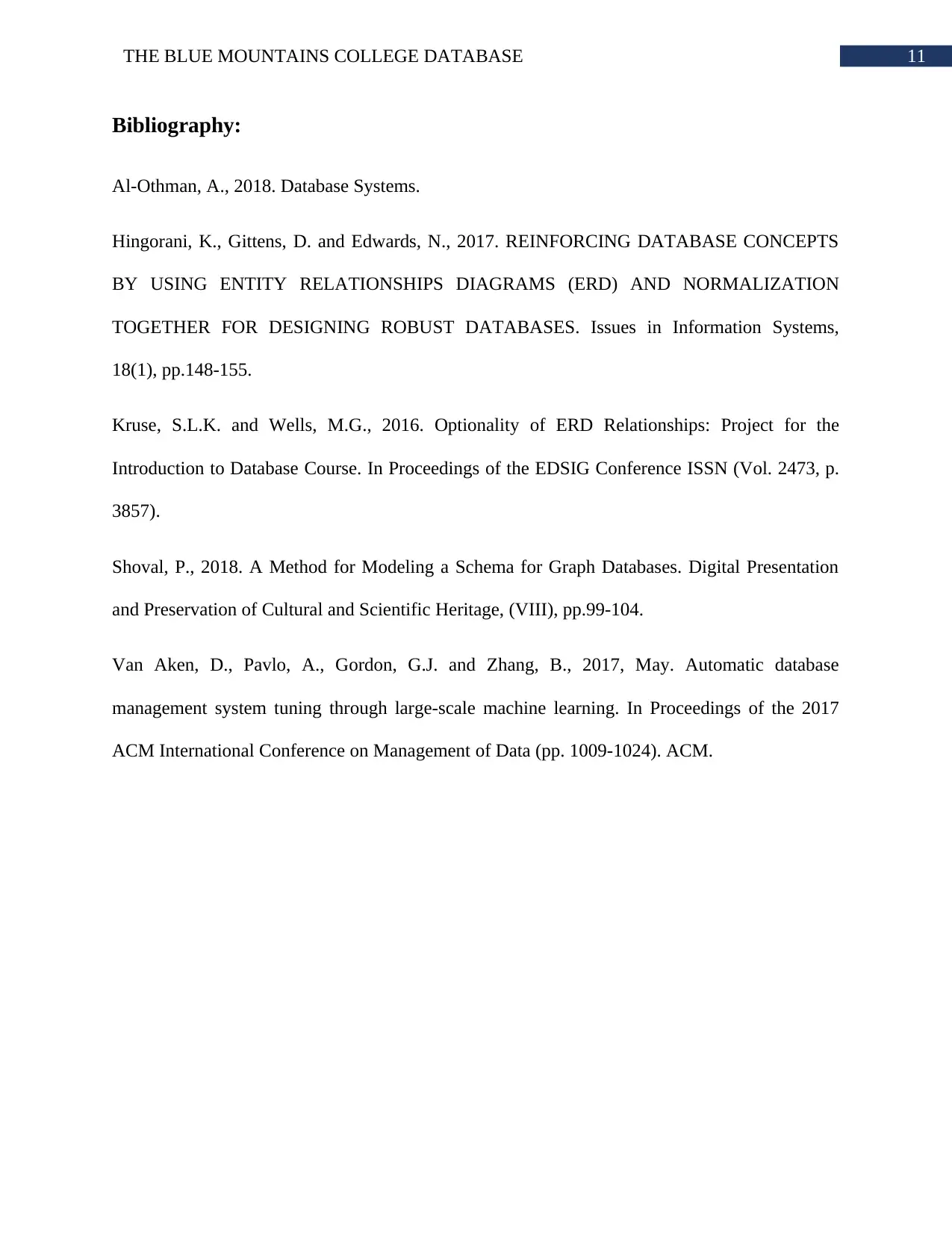






![[object Object]](/_next/static/media/star-bottom.7253800d.svg)